When people think of Louisiana’s food scene, they often conjure images of spicy gumbo, hearty jambalaya, and vibrant street music playing in the background. From the heart of New Orleans to the bayous of Acadiana, Louisiana’s culinary tapestry is as diverse as its culture. Two of the most celebrated and sometimes confusing terms you’ll encounter are “Creole” and “Cajun.” Both are synonymous with bold, soulful flavors, yet each tradition boasts its own unique history, ingredients, and essence.
Creole vs. Cajun: A Brief Overview
Creole cuisine originated in New Orleans, blending French, Spanish, African, and Native American influences for refined dishes often featuring tomatoes and creamy sauces. Meanwhile, Cajun cooking developed in rural southwest Louisiana, relying on local ingredients, rustic techniques, and bolder spices. While Creole embraces a wider range of global flavors, Cajun sticks to simpler, heartier recipes. Yet both celebrate Louisiana’s love for rich, satisfying meals that bring people together.
Key Flavor Differences
Both Creole and Cajun cuisines share certain similarities—most notably, the fondness for bold seasonings and fresh Gulf seafood. However, their differences are telling:
- Use of Tomatoes
- Creole cuisine often incorporates tomatoes in dishes like gumbo and jambalaya, reflecting Spanish and Caribbean influences.
- Cajun versions of the same dishes tend to skip tomatoes, resulting in a darker, more roux-centric flavor profile.
- Ingredients and Influence
- Creole dishes historically leaned on imported ingredients and classical French techniques.
- Cajun cooking emphasizes local, readily available produce, game, and a rustic style.
- Spice Level
- Both Creole and Cajun cuisines can be spicy, but Cajun cooking is often associated with a heavier kick from cayenne and a signature smoky depth.
- Creole flavors rely more on layered seasonings and fresh herbs like thyme, basil, and oregano.
Where Both Culinary Traditions Converge
Despite their distinctions, Creole and Cajun cuisines share a mutual love for hearty, comforting meals that bring people together. Whether simmering a pot of gumbo or preparing a classic po’boy sandwich, the heart of Louisiana cooking lies in its communal spirit. Both traditions celebrate fresh seafood, aromatic vegetables, and a deep respect for the land and waters that make Louisiana so unique.
Experience Both at Boyd’s Bayou
At Boyd’s Bayou, we believe in preserving the true spirit of Louisiana’s culinary heritage by honoring both Creole refinement and Cajun rusticity. Our menu offerings capture the best of both worlds—like a velvety, tomato-kissed Creole gumbo and a rich, roux-based Cajun jambalaya. Whether you’re a longtime aficionado or entirely new to Louisiana flavors, you’ll find our dishes deliver an authentic taste of the state’s diverse cultural tapestry.
We’re passionate about sharing the stories behind these beloved traditions. From time-honored family recipes to ingredient sourcing that guarantees freshness, every plate at Boyd’s Bayou is designed to transport you straight to the streets of New Orleans or the quiet bayous of Acadiana.
Celebrating Louisiana’s Culinary Heart
Creole and Cajun cuisines each reflect Louisiana’s larger story of family gatherings, cultural fusion, and time-tested recipes. By understanding their distinct roots, we can fully appreciate the tapestry that defines Louisiana dining. Whether savoring seafood gumbo or spicy jambalaya, each bite reveals layers of history, innovation, and unwavering tradition. At Boyd’s Bayou, we guide you through the best of these vibrant flavors, from the smokiness of Cajun to the bright, tomato-kissed allure of Creole—an enduring taste of Louisiana’s culinary heart.

